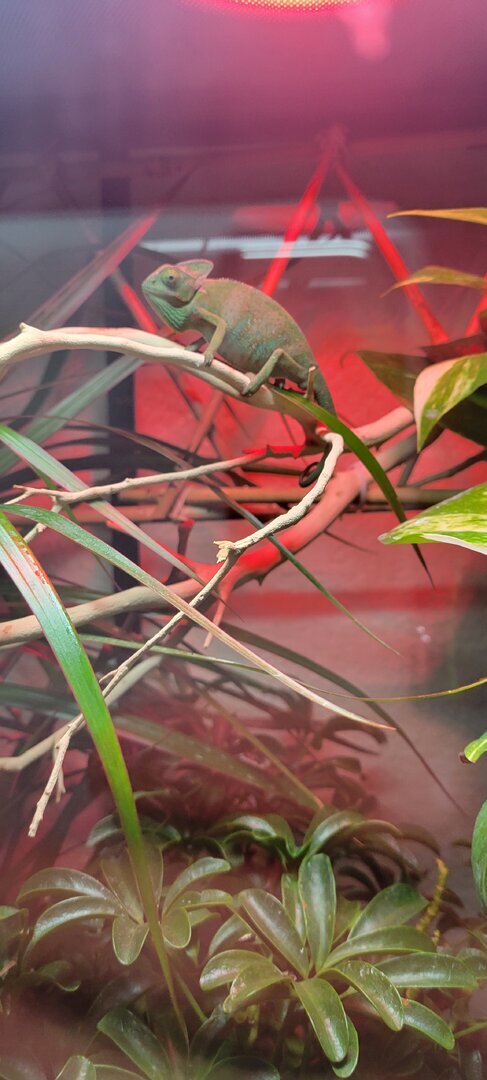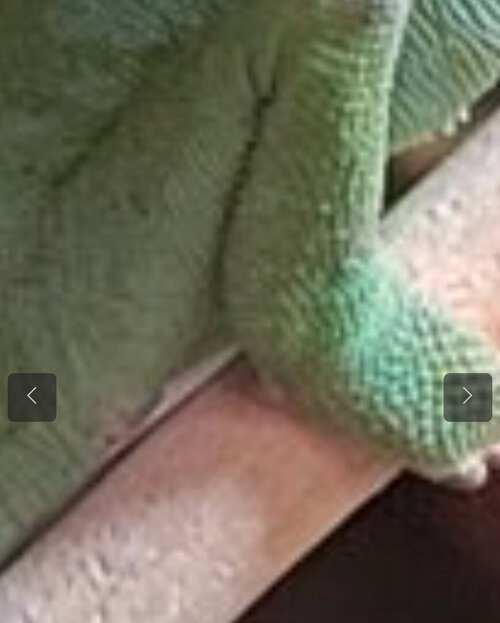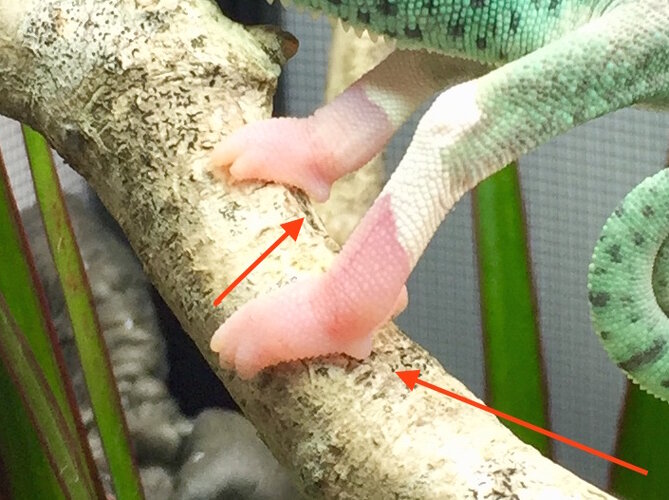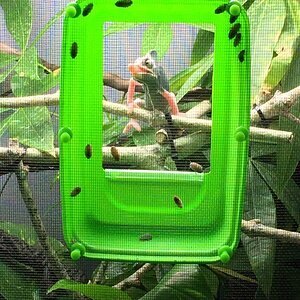Hi folks,
My wife and I built our first terrarium for our first chameleon. We then purchased a 3-month-old male veiled chameleon from a reptile expo in Southern California 2 weeks ago.
I have noticed two issues with this chameleon:
Problem 1: BUMPS ALONG THE CHAMELEON'S SIDE

We only noticed this problem today. My wife says these bumps developed under our care. He did not have these when we adopted him.
I've read that this might be a calcium deficiency, but I've also read it could be crickets biting him at night. Charms does not eat in front of us so the crickets wander the cage while we wait for him to eat. Then we have to pick out the remaining ones every few days.
Problem 2: DIGGING AND RESTING [NOT SLEEPING] IN THE SOIL (we have removed the moss you see in this photo)


Charms really likes to chill at the bottom of the enclosure. Sometimes there are crickets down there, so maybe he's hunting them, but he will often just hide there for a while.
He's in my office, and I don't play loud music. No kids so nobody bothers him. We do not handle him.
We haven't yet taken him to the vet because he's so easily stressed out. We're trying to let him adjust. But next week I intend to take a fecal sample to the exotic vet in my town.
Chameleon Info:
Cage Info:

My wife and I built our first terrarium for our first chameleon. We then purchased a 3-month-old male veiled chameleon from a reptile expo in Southern California 2 weeks ago.
I have noticed two issues with this chameleon:
Problem 1: BUMPS ALONG THE CHAMELEON'S SIDE
We only noticed this problem today. My wife says these bumps developed under our care. He did not have these when we adopted him.
I've read that this might be a calcium deficiency, but I've also read it could be crickets biting him at night. Charms does not eat in front of us so the crickets wander the cage while we wait for him to eat. Then we have to pick out the remaining ones every few days.
Problem 2: DIGGING AND RESTING [NOT SLEEPING] IN THE SOIL (we have removed the moss you see in this photo)
Charms really likes to chill at the bottom of the enclosure. Sometimes there are crickets down there, so maybe he's hunting them, but he will often just hide there for a while.
He's in my office, and I don't play loud music. No kids so nobody bothers him. We do not handle him.
We haven't yet taken him to the vet because he's so easily stressed out. We're trying to let him adjust. But next week I intend to take a fecal sample to the exotic vet in my town.
Chameleon Info:
- Your Chameleon - 3-month old male veiled, in my care for 2 weeks
- Handling - Never
- Feeding - I feed him 10 small dusted crickets per day in the morning when I turn his lights on, but he does not eat in front of me. They go in the shooting gallery with a few dubia roaches and one waxworm grub. The bugs basically just climb out of the gallery and once every few days we have to pick them up from around the enclosure. All bugs are gut-loaded with carrot, spring mix, and apple. He does appear to be eating because he has big, soft poops the same time every afternoon. We also tried doing a suspended cup with dubia roaches and vegetables, but he does not eat out of it, so I don't think he's actually eating the roaches or the waxworms. He seems to be VERY fussy about eating only crickets.
- Supplements - Once per day, food gets dusted with "Zoo Med Repti Calcium without D3."
Once every 2 weeks, food gets dusted with "Rep-Cal phosphorous-free calcium with D3."
Once per month, food gets dusted with "Zoo Med Reptivite with D3." - Watering - I mist the entire enclosure for 1 minute, twice per day, sometimes three depending on humidity, with the Exo Terra mister (the one you pump). I've never seen Charms drink, but I'm told this is normal.
- Fecal Description - Not yet tested for parasites but I intend to this week. Stools are large, soft, moist, and in two parts: brown and white. I'm colorblind so it's hard to tell if the white has any orange. Pooping always occurs same time each day after basking for 2 hours in the morning.
- History - The only thing we know about him is that his parents (which we got to meet at the expo) were GIGANTIC, and the company that bred him is called "Inland Bearded Dragons."
Cage Info:
- Cage Type - Glass and mesh combo, Repti Zoo 24"x18"x36"
- Lighting - Exo Terra 60W Daytime Heat Bulb, T5 HO UV lamp with stock tube bulb that came in the package. 10 hours of light per day, 14 hours of darkness.
- Temperature - Basking temp is 80F. Lower cage is 72. Night time low is 66. Temp and humidity both gaged with the Govee Smart Thermo-Hygrometer recommended by this forum.
- Humidity - Between 35 and 50% during the day (although it hits 70 or 80 temporarily when I mist twice per day), and ~40% at night
- Plants - Dracaena marginata, pothos, umbrella
- Placement - Cage sits atop a 3-foot desk in the corner of my office. No foot traffic except me working at the computer across the room during the day. He has the entire office to himself at night with door closed.
- Location - Southern California
Attachments
Last edited:











